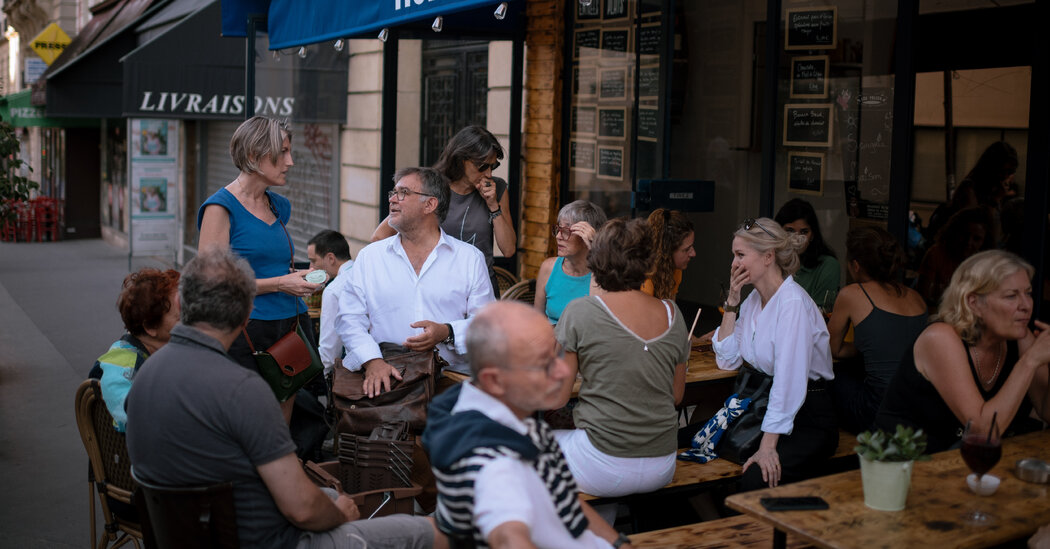A series about how cities transform, and the effect of that on everyday life.
As the sky began to tint lemon-yellow one evening last month, 50 or so Parisians marched along to the Rue de l’Aude in the south of the city and gathered in a nautically themed loft space filled with chairs.
Some of the attendees were already close friends or acquaintances; some had spied one another on the street on a handful of occasions. For others it was the first time they had ever met. Yet all had fulfilled their entry requirement: to bring cheese.
“I took a wheel of Époisses because my wife is from that region,” one attendee, Benjamin Dard, said in reference to a famously pungent and unctuous cow’s milk variety from Burgundy.
“Everyone bought something else that related to them, in a way paying homage to the diversity of France,” Mr. Dard said. Mentioning a former French president, he added, “It’s like de Gaulle said: ‘How can you govern a country where there are 300 different kinds of cheese?’”
The meet-up, known as the Talking Cheese — which combines a smorgasbord of dairy goods with talks by local residents on their subjects of expertise — is one of a dizzying galaxy of activities run by the Republic of Super Neighbors, a grass-roots initiative whose territory spans about 50 streets in the 14th arrondissement, a largely residential district on the Seine’s Left Bank.
More than 1,200 of these so-called Super Neighbors communicate via 40 WhatsApp groups dedicated to queries like finding a cat sitter or seeking help to fix broken appliances. They hold weekly brunches, post-work drinks and community gatherings at which older residents share memories with younger generations. To much fanfare, the group also hosts an annual banquet — La Table d’Aude — for the residents on a table 400 meters long, about 440 yards, running through the middle of a street.
Started in 2017, the hyperlocal experiment is the brainchild of Patrick Bernard, a local resident and former journalist, who argues that the functioning of cities can be radically improved if urban policy drills down to “the most local entity in a city.”
“Urban strategy must focus on these microneighborhoods, or three-minute villages, as I like to call them,” said Mr. Bernard, who estimates that Paris could house 150 of these urban villages based on its population and geography. “Conviviality is a richness that is sleeping. When we awaken the sense of place and community, the citizens and…
Click Here to Read the Full Original Article at NYT > Travel…
